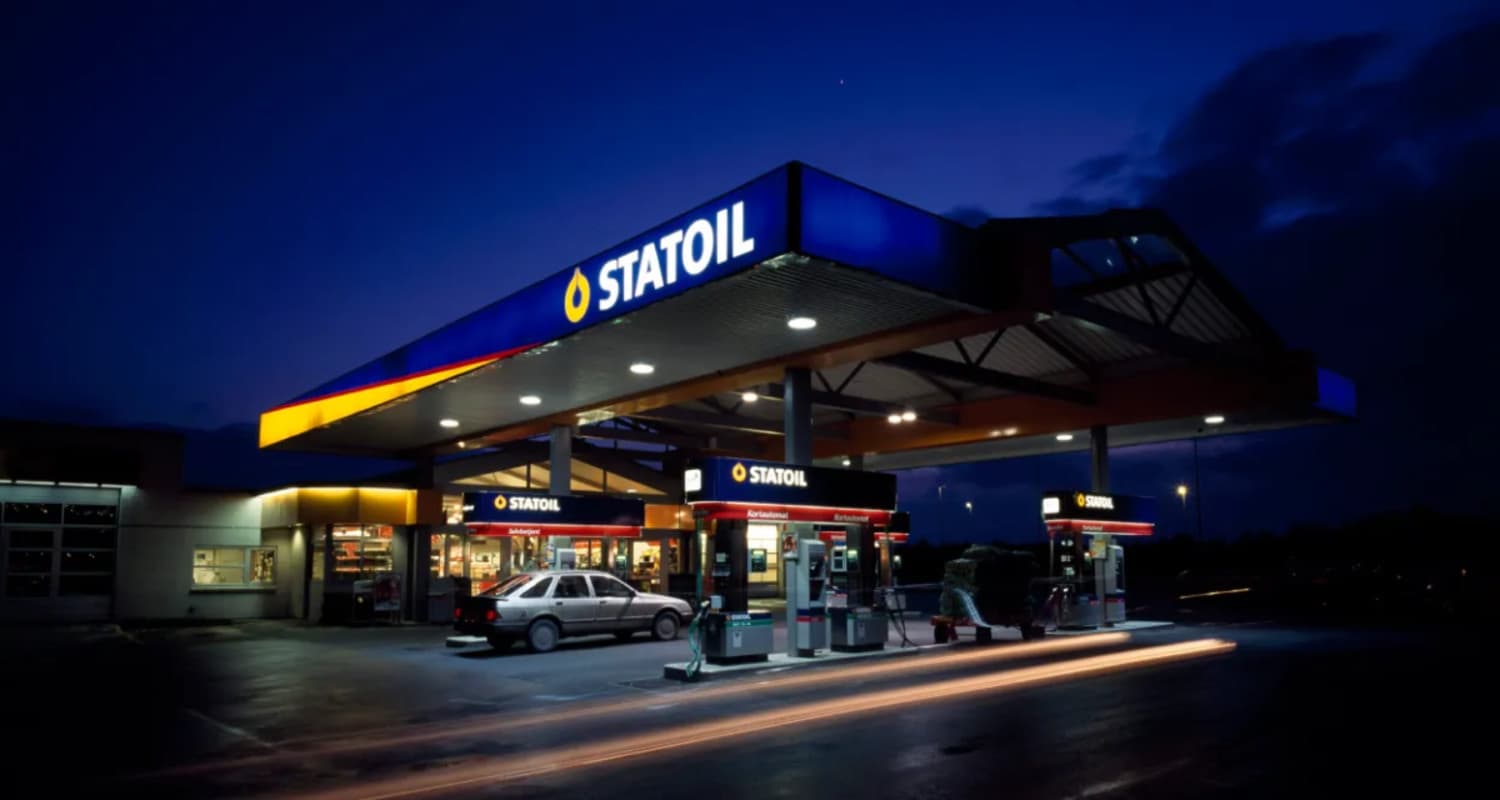Case StudyProduct Team: Aligning With Stream Teams,Aligning With The Ecosystem - Statoil's Shift to Dynamic Forecasting and Planning
Statoil, a large multinational energy company, faced significant challenges with its traditional annual planning process. The process was time-consuming, rigid, and often rendered obsolete by the rapidly changing business environment. This inflexibility led to inaccurate forecasts and suboptimal decision-making. Bjarte Bogsnes, CFO at Statoil, recognized these shortcomings and spearheaded a transformation towards dynamic forecasting and planning. The goal was to create a more adaptive and responsive planning process that could better align with the company’s strategic goals and the volatile energy market.

The Solution
Statoil's approach to replacing the traditional annual planning process with dynamic forecasting involved a comprehensive overhaul of its budgeting and performance management systems. Bogsnes introduced the Beyond Budgeting model, which focuses on continuous planning, decentralized decision-making, and relative performance evaluation. This new approach aimed to increase agility, improve forecasting accuracy, and enhance the company's ability to respond to market changes effectively.
- Introduction of the Beyond Budgeting Model:
- Bogsnes advocated for abandoning fixed annual budgets in favor of a more flexible, continuous planning process.
- The Beyond Budgeting model emphasizes adaptive management, where plans and forecasts are updated regularly based on the latest information and market conditions.
- This approach shifts the focus from meeting fixed targets to achieving strategic objectives and responding to emerging opportunities and threats.
- Decentralization and Empowerment:
- Decision-making authority was decentralized to empower frontline managers and teams, allowing for faster and more informed decisions.
- Managers were given the autonomy to allocate resources and adjust plans based on real-time data and insights.
- This empowerment fostered a culture of accountability and ownership, encouraging teams to proactively address challenges and seize opportunities.
- Continuous Planning and Forecasting:
- Statoil implemented rolling forecasts that are updated quarterly or as needed, providing a more accurate and timely view of the company's financial and operational performance.
- These forecasts are not tied to fixed targets but are used to guide strategic decision-making and resource allocation.
- The rolling forecasts incorporate both financial and non-financial metrics, ensuring a holistic view of performance.
- Relative Performance Evaluation:
- The traditional performance evaluation based on fixed targets was replaced with a relative performance system.
- Teams and managers are evaluated based on how well they perform relative to peers and external benchmarks.
- This approach reduces the pressure to meet arbitrary targets and encourages continuous improvement and innovation.
Outcomes achieved
The transition to dynamic forecasting and the Beyond Budgeting model at Statoil led to significant improvements in planning accuracy, organizational agility, and overall performance. The new approach enabled the company to better navigate market volatility and align its operations with strategic objectives.
- Improved Forecasting Accuracy:
- The rolling forecasts provided a more accurate and timely reflection of the company's financial and operational status.
- This improved accuracy allowed Statoil to make better-informed strategic decisions and resource allocations.
- Enhanced Organizational Agility:
- The decentralized decision-making process enabled quicker responses to market changes and operational challenges.
- Managers and teams were more empowered to take initiative, leading to increased innovation and problem-solving capabilities.
- Increased Employee Engagement and Accountability:
- The shift to a relative performance evaluation system fostered a culture of continuous improvement and accountability.
- Employees felt more engaged and motivated as they were given greater responsibility and the ability to influence outcomes directly.
- Alignment with Strategic Goals:
- The continuous planning process ensured that all efforts were aligned with the company’s strategic objectives.
- This alignment facilitated better coordination across different departments and improved overall efficiency and effectiveness.
- Positive Market Recognition:
- Statoil's innovative approach to planning and performance management gained recognition in the business community.
- Other companies in the energy sector and beyond have looked to Statoil’s example as a model for improving their own planning processes.
